14 ways to upgrade your home cinema without spending a fortune
Treat your screen and sound system to a boost on a budget
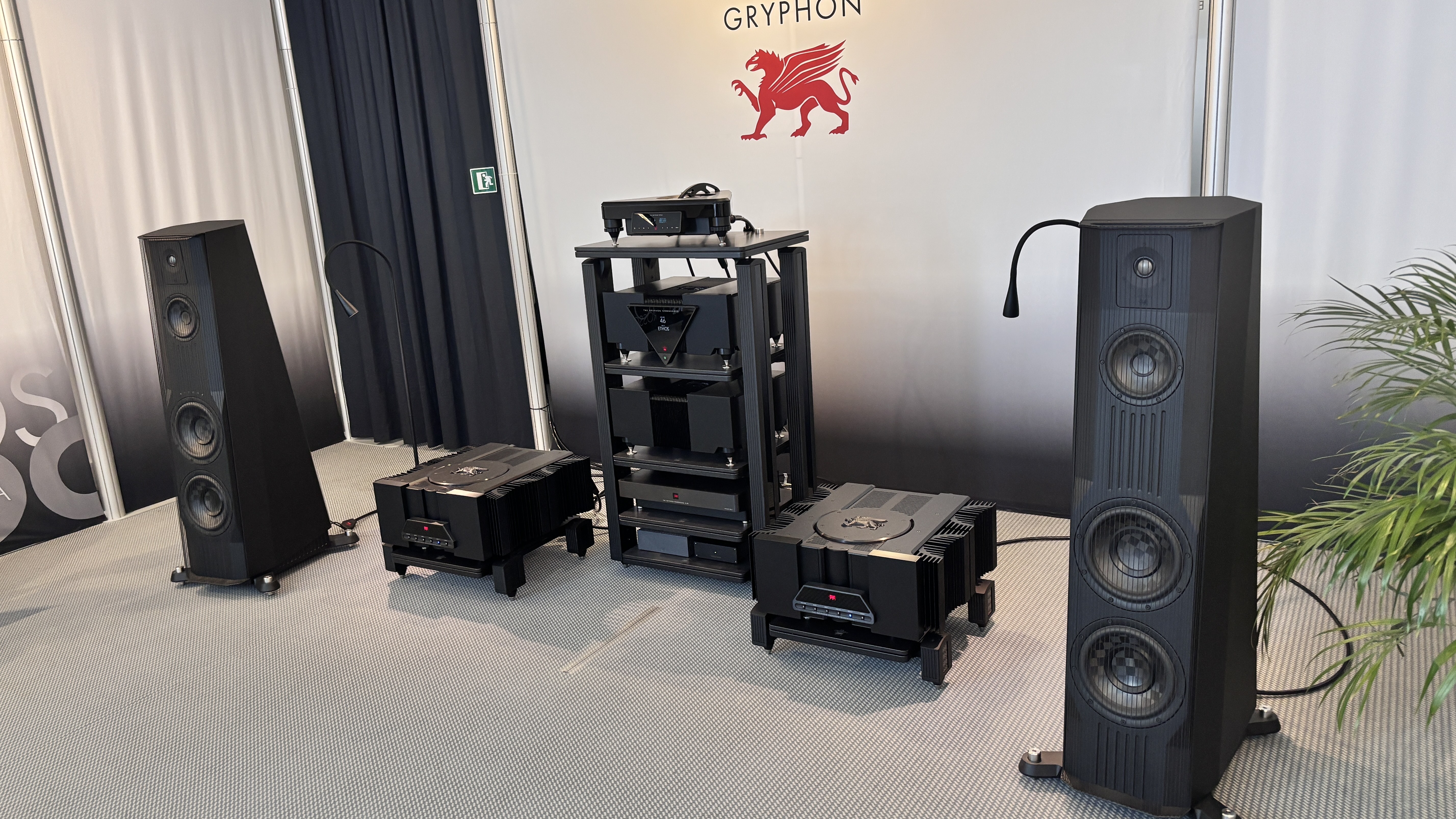
Upgrading your home cinema doesn't have to mean 'out with the old, in with the new'. There are ways to improve it without breaking the bank or indeed swapping a single box. In fact, there are plenty of ways you can even do it for free, as you will see shortly!
While replacing your current AV kit might be a lot of fun, it is possible to make significant performance bumps in picture and sound by honing the equipment you already own and love, or just accessorising a little.
Below are some suggestions on how to squeeze more out of your setup, starting with what you can do without having to spend a dime, before moving on to the new (modest) purchases you can make.
Done everything on this list already and still hankering to upgrade? Then it is probably time to check out our expert buying guides on the best TV, best projector, best AV receiver and best speaker package you can buy, after all – but safe in the knowledge that your upgrade isn't premature.
1. Calibrate your TV or projector
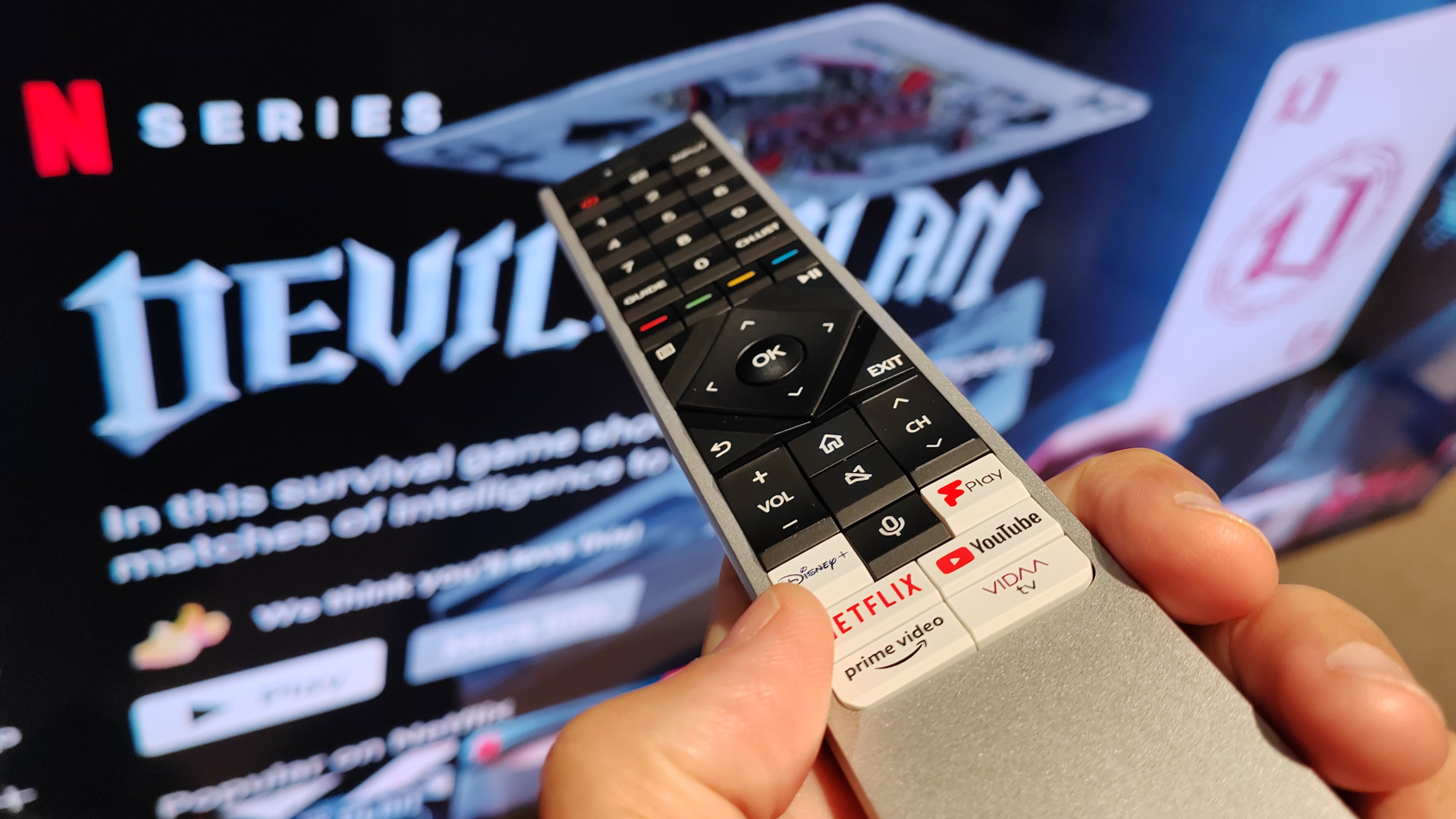
Most TVs and projectors do not perform at their best straight out of the box, so if you haven't had much of a fiddle with your settings, you really ought to.
At the basic level, make sure your unit isn't set to the store demo mode, then cycle through the picture presets to find the one that you like best. We would also recommend switching off any ambient light detection modes for the best and most consistent experience.
After that, it's time to investigate some of the picture processing modes, which can be positive but may also end up ruining the picture. Be mindful that the most dramatic differences can actually crush subtlety and detail.
The latest hi-fi, home cinema and tech news, reviews, buying advice and deals, direct to your inbox.
Read our guide on How to set up your TV and get the best picture for more specific information on picture settings, and our tips for changing 4K TV picture settings for DVD, Blu-ray and TV viewing if you watch a lot of non-4k content.
Don't forget that TVs have sound settings too. These are usually less involved than picture settings, but they can be well worth exploring.
Often, modes like Bass Boost and Dialogue Enhancement will have a price to pay in dynamics as well as balance and might better be left alone. If you really want more bass, perhaps buy a soundbar or add a subwoofer (more on that shortly).
2. Rearrange your furniture
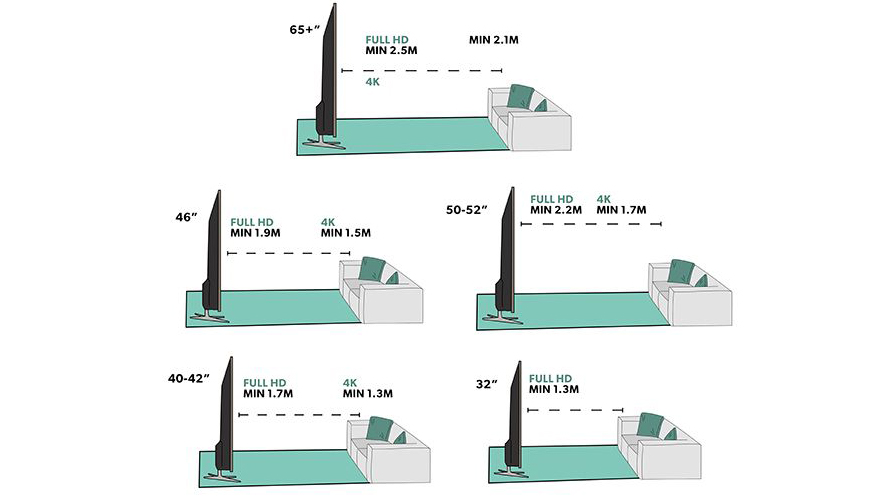
There may be constraints, including objections from people you share a home with, but the more you can arrange your room to prioritise your AV equipment, the better the viewing experience you'll get.
There are some basic principles of TV (and projector) positioning that you can follow, and if that involves buying a proper TV stand then maybe it is time to invest.
Make sure your screen is at eye level – even if it's wall-mounted via a TV wall mount. If you have to have it higher, then make sure you tilt it downwards so that it's square-on to your line of sight.
While the top TVs have decent viewing angles, you're still only going to get the very best picture when you're right in the middle.
Calculating the right viewing distance for your TV is, of course, important and depends on the size of the screen and its resolution. Try to avoid placing your TV right by a window where strong light could affect your appreciation of contrast.
Again, read our comprehensive how to set up your TV and how to set up your projector guides for more details on placement.
3. Move your speakers

Speaker positioning is crucial to experiencing the best of the soundtrack of your film or TV show.
Delve into the ITU positioning diagrams online to see exactly where to position your speakers. This depends on how many channels you have, of course, but the guiding principles are easy enough.
Viewing it in plan (ie. top-down), you should be able to draw a circle with your head at the centre and your speakers on the circumference. In other words, ideally, they should all be at the same distance from your ears.
In a 5.1 arrangement, the right and left front channels should be at 60 degrees from one another, with the centre channel right in front in between them.
The surrounds need to be not level but just behind, at around 110 degrees from the centre. For a 7.1-channel system, that changes slightly, as per the diagram above.
You can read more about optimally setting up your surround sound system in the setup section of our how to build the perfect home cinema system advice guide.
4. Recalibrate your AVR
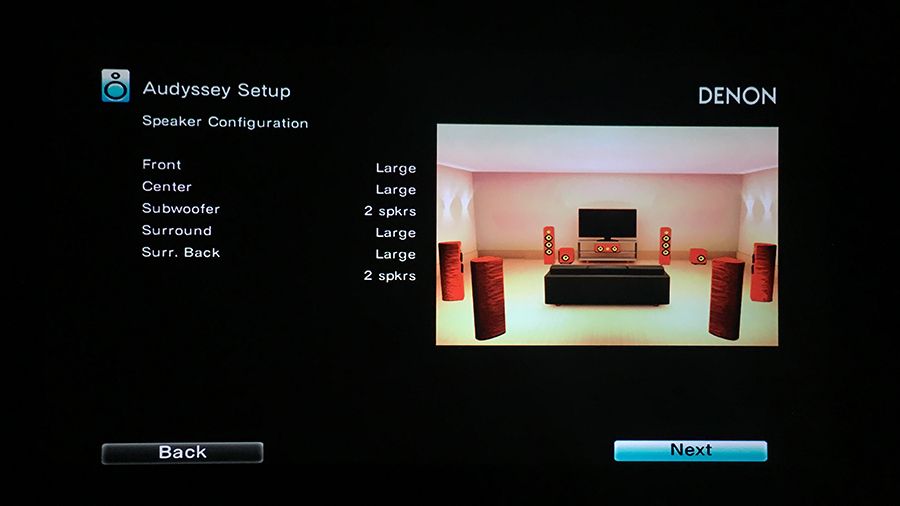
Now that speaker placement is sorted, you need to make sure you've got the levels right. Your AVR should come with a calibration mode – this usually involves a microphone, which you then place in a few different positions.
The AVR then sends out sounds to your speakers for the microphone to pick up. Every time you move your speakers or viewing position, you'll need to do this calibration again.
Based on that, your AVR will come up with a set of sound levels for each channel, though it's always worth doing a little fine-tuning by ear.
Again, there's more information on checking levels in our how to set up your AV receiver and get the best sound article.
5. Invest in speaker stands

If you've already managed to tack a pair of hi-fi speakers onto your TV, well done. Now you can take them off your bookshelf and mount them on a proper pair of speaker stands.
Not only will stands keep them steady so they can do their job with greater precision, but they also allow you the flexibility to position yourself right in the sonic sweet spot.
A pair of Atacama Moseco 6 stands will do the trick, as will the slightly cheaper Soundstyle Z2, but even stands at half the price should offer a significant audio upgrade to anything more ad hoc.
6. Upgrade your speaker cable
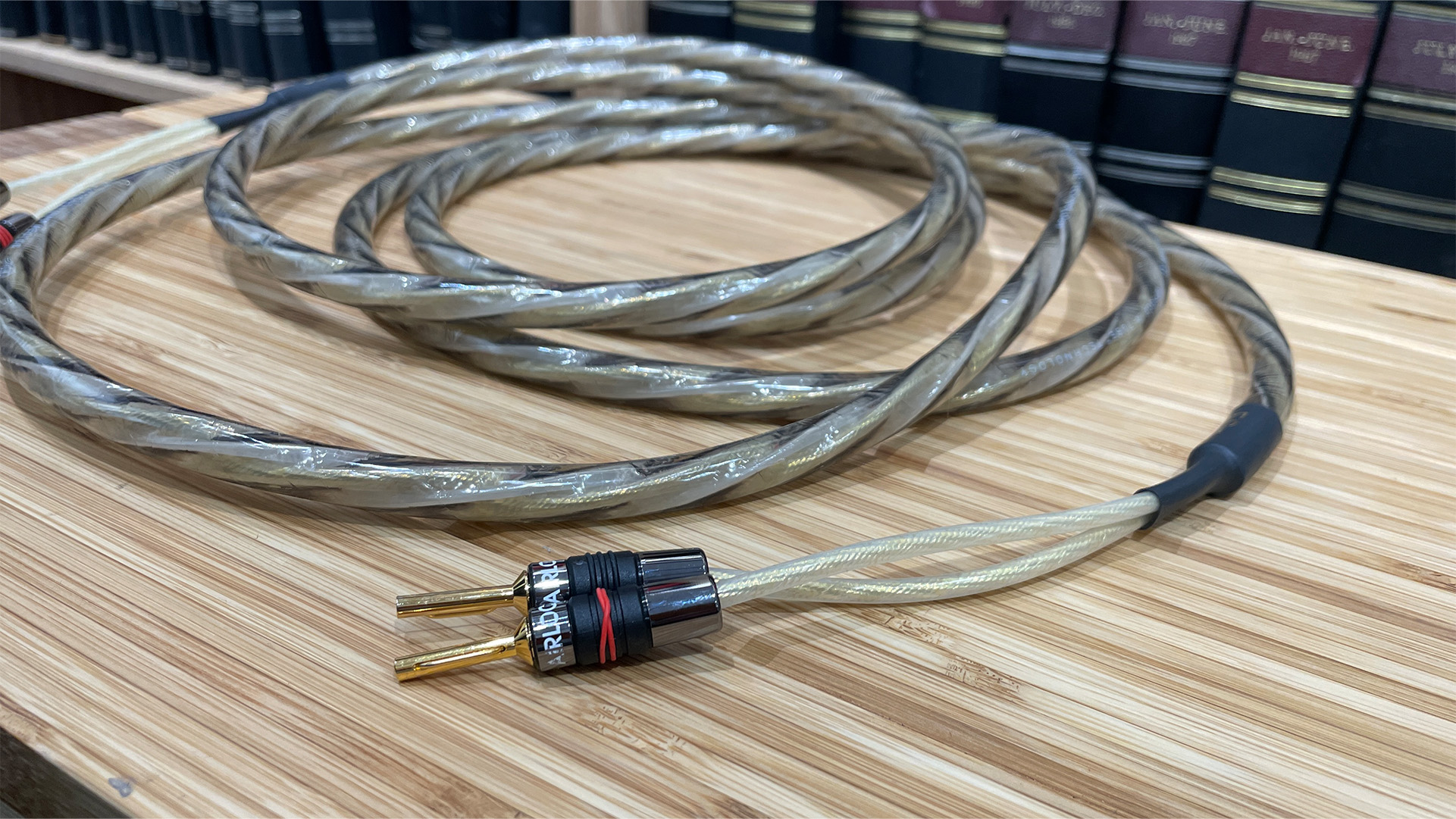
So often forgotten and such an easy improvement, the best speaker cables can make a big difference to your home cinema sound. You may already have the best there is but, if not, it can be a relatively inexpensive upgrade.
The Chord Company RumourX cables are a favourite, but if they are a bit steep for your budget, then try the Chord Company C-Screen at less than half the price.
As a general system-building rule, you should spend roughly 10 per cent of your total equipment cost on cabling, which will probably include both speaker cables and audio interconnects.
7. Buy a soundbar
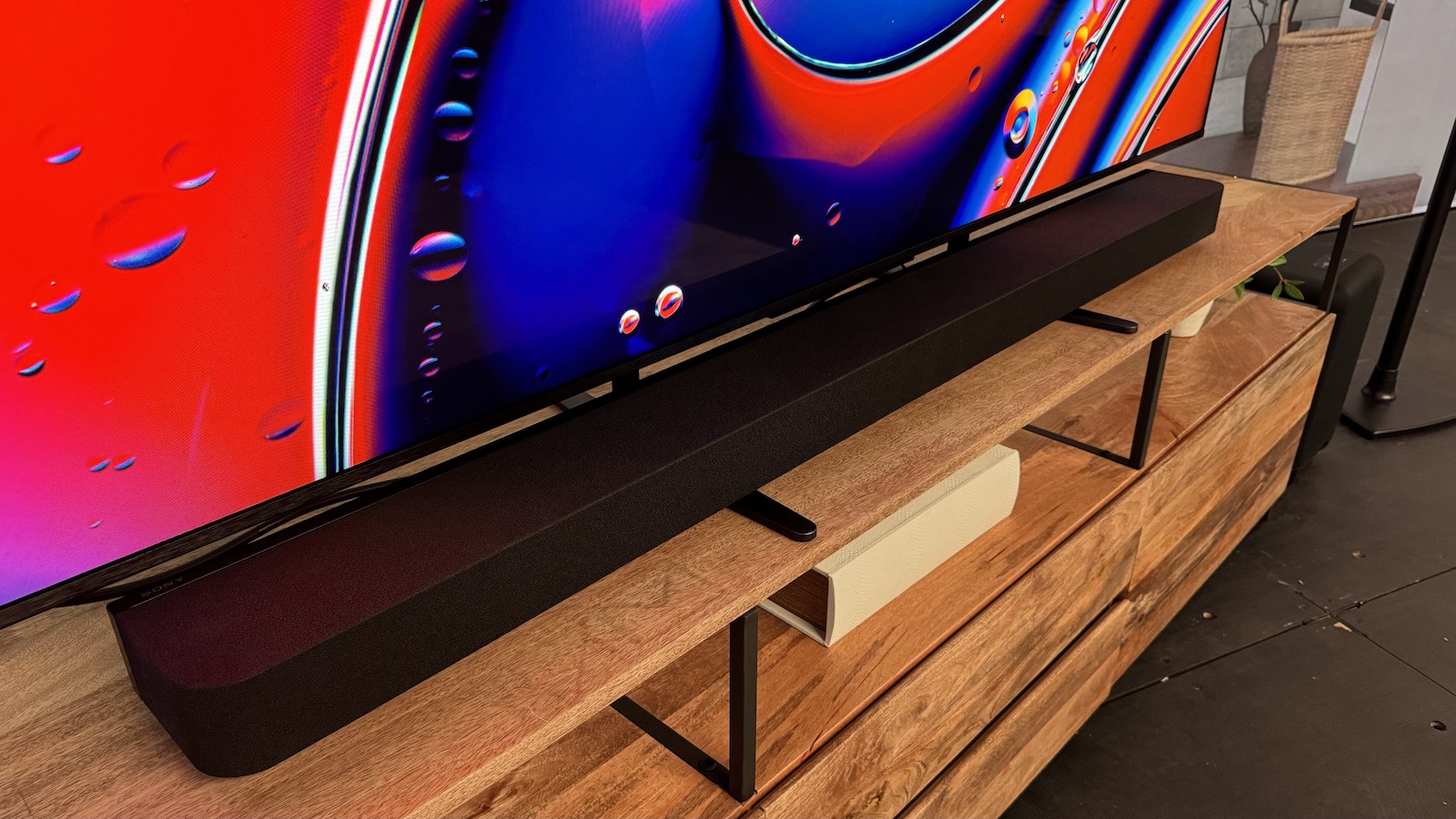
It's obvious, but still worth pointing out. The speaker cabinets of (and drivers inside) most TVs simply aren't big enough to offer much quality in the way of sound.
Some sets have soundbars built-in, but they're in the minority and often exclusive to the premium end. So, a hugely effective way to boost your enjoyment of TV and film is to buy a soundbar – even a modestly priced one, such as the Sony HT-SF150 / HT-S100F or Sony HT-S2000, can make a difference to dialogue and sound effects.
If you're happy to spend a little more, you can pick up something like the What Hi-Fi? Award-winning Sonos Beam Gen 2, which adds multi-room functionality as well as impressive surround sound and Dolby Atmos upward-firing drivers.
The next level up for sound is the Sonos Arc and, beyond that, the Sony Bravia Theatre Bar 9.
Read our buying guide to the best soundbars or, if you have a bigger budget, the best Dolby Atmos soundbars for our in-house reviewers' picks of the best 'bars, as well as our soundbar deals roundup.
8. Buy a subwoofer

If an entire speaker package seems a bit of a stretch, just buy one piece of it. The addition of a good subwoofer to your AV set-up will make a huge difference, given that flat-panel TV speakers struggle most with bass.
Check your current AV set-up for any kit with a sub-out connection. If you're out of luck, you'll need to find a multi-channel AV amplifier or 2.1 stereo amplifier to plug it into.
If you already own a speaker package, then consider an upgrade to your subwoofer. Most speaker package manufacturers offer an upgraded version of the sub that came with the kit.
And when you have one, be sure to peruse our expert guide on how to set up your subwoofer.
9. Buy an AV receiver, or upgrade what you have
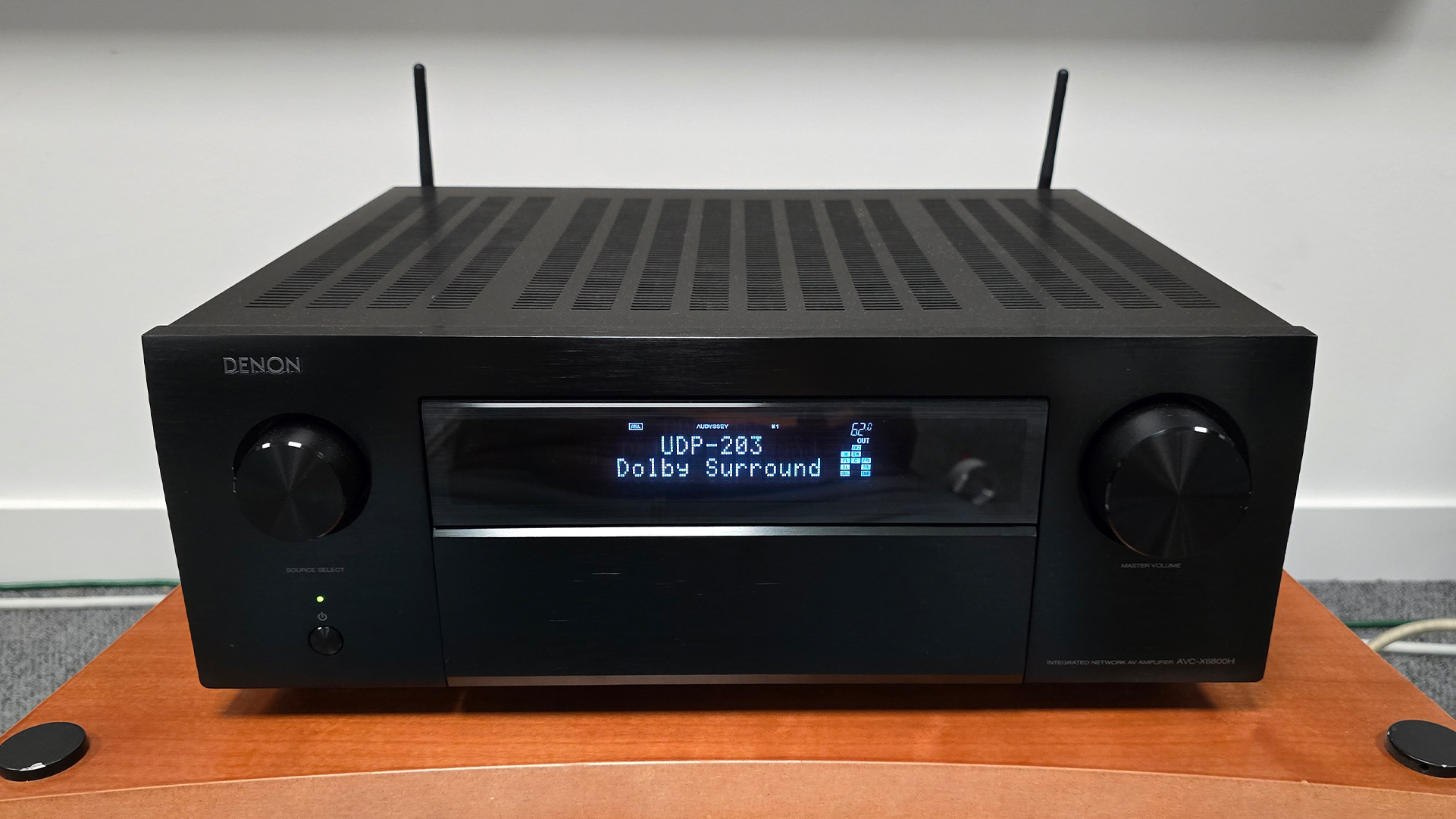
An AVR on its own won't do anything for your sound, but it opens up your TV to a whole new world of potential.
Besides, you may find you have an old pair of hi-fi speakers somewhere in the house that you can plug in and make a front stereo pair – until you've saved up enough cash for a whole speaker package.
The second-hand market on places such as eBay and Facebook Marketplace is full of unwanted speakers that will sound a lot better than what's inside your TV. Just be sure to read our guide on how to buy second-hand hi-fi speakers.
If you already have an AVR, then it may be time for an upgrade. A modern model should offer more channels with Dolby Atmos decoding, which will offer room for expansion.
There will likely be HDMI 2.1 support for new technology compatibility and extra features. And, if you shop for one of the best AV receivers out there, it will also sound better – though be warned that you'll only be able to appreciate that difference if your speakers are equally matched in terms of price.
Again, to keep costs down, let the second-hand market be your friend – this time for selling your current AVR to fund the upgrade.
10. Add more speaker channels

So, you've got 5.1 sorted. Fine, but how many channels can your AVR support? A set of standmounter rears can bump you up to a 7.1 configuration, and then you can add a second subwoofer as well, so long as your AV receiver supports a '.2' setup.
For some really interesting AV bang-for-buck, though, add the dimension of height with some Dolby Atmos speakers – again, if your AV receiver accommodates Atmos.
Many home cinema speaker packages offer small and relatively inexpensive Atmos modules that will sit on top of the speakers you already own and fire upwards. That's a great alternative to ripping holes in your ceiling for a custom install.
11. Go 4K Blu-ray
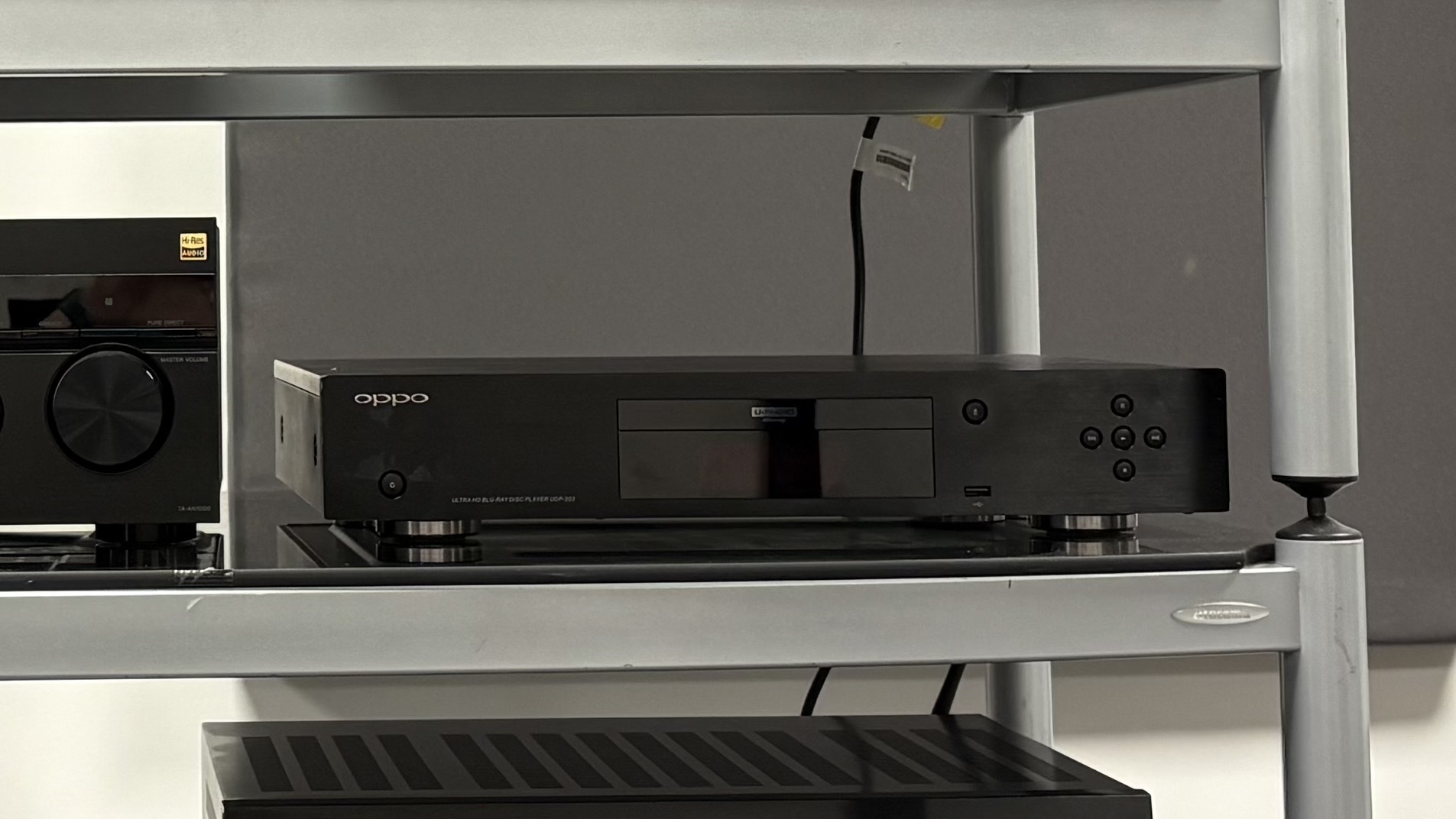
It may not be as convenient as streaming, but the best quality films and TV shows are still those played from a disc.
If you've shunned all spinning media than getting back involved is a two-stage process: stage one is to buy a 4K Blu-ray player; stage two is to get some 4K Blu-rays.
Five-star 4K Blu-ray players start relatively cheap, such as the Panasonic DP-UB150EB, and go all the way up to the budget-busting Panasonic DP-UB9000. If you've got the cash, then a good sweet spot is the Sony UBP-X700 or Panasonic DP-UB820EB.
Those 4K Blu-ray discs can be almost as big an expense over time, unless you're smart. Keep an eye on Amazon's 4K Blu-ray store for bargains and second-hand options at CEX and elsewhere.
Another great option for keeping costs down is 4K Blu-ray rental. Cinema Paradiso is a UK-based Blu-ray-by-post service, while Redbox is a good option in the US.
You may also find that your local neighbourhood library runs a cheap 4K Blu-ray rental service. Long live local libraries!
12. Add a 4K media streamer

If returning to physical discs feels like a backward step, the next best 4K content option is a media streamer. Many TVs won't have all the 4K apps and services you need, and a media streamer is a cheap and easy way to bring them all onboard.
The Amazon Fire TV Stick 4K Max (2nd Generation) is a great budget buy and fills most of the 4K service gaps, while the Apple TV 4K is a more luxurious, performance-savvy option. Check what apps you need before you buy, of course.
13. Go big with a projector

Sure, your TV might be 4K and HDR, but does it have a 300-inch screen? No, we didn't think so. That kind of scale is par for the best home projector course.
A projector-based home cinema set-up is an expensive outlay if you're looking to replicate your local cinema, but if you just want to go big on a modest budget, then an affordable projector and a good piece of wall will do. You can add the refinements of sound and a proper screen at a later date.
You can use a laptop, games console, disc player or any kind of HDMI streamer as a source. The only caveat is that you'll need to take your audio from the source too and not the projector.
The alternative is, of course, to do things properly and buy an AV receiver and speaker package to complement it.
14. Introduce a projector screen

If you already went big some time ago, then maybe it's time for a clean-up. A proper projector screen will make a huge difference to both the colour balance and the detail of the image.
Decent screens of 100in in size start at relatively little, but you can opt for fancy features like motorised roll-away or in-ceiling stowing for more. Be sure to read our guide on everything you need to know about projector screens.
MORE:
6 ways to get near-perfect Dolby Atmos sound in an imperfect room
5.1 vs 7.2 surround sound: which is better?
Ultra-short throw projector vs big-screen TV: which should you buy?

Becky is a hi-fi, AV and technology journalist, formerly the Managing Editor at What Hi-Fi? and Editor of Australian Hi-Fi and Audio Esoterica magazines. With over twelve years of journalism experience in the hi-fi industry, she has reviewed all manner of audio gear, from budget amplifiers to high-end speakers, and particularly specialises in headphones and head-fi devices.
In her spare time, Becky can often be found running, watching Liverpool FC and horror movies, and hunting for gluten-free cake.
You must confirm your public display name before commenting
Please logout and then login again, you will then be prompted to enter your display name.
